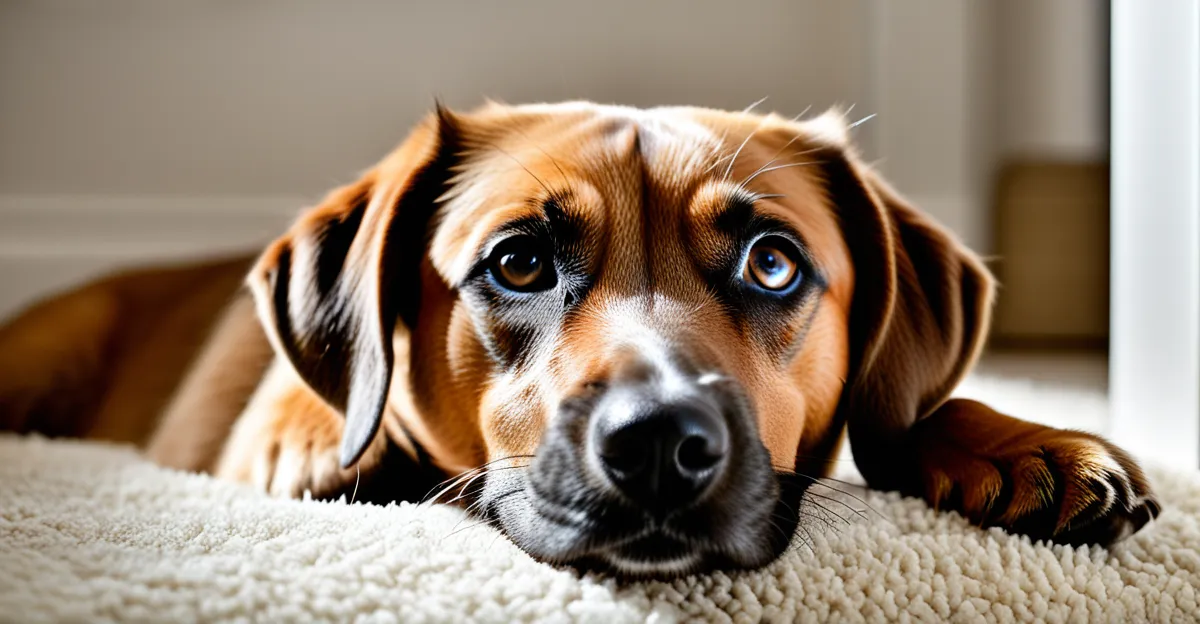Essential Steps for Pet-Proofing Your UK Home
Pet-proofing your UK home begins with identifying common household dangers that could threaten pet safety. These include exposed electrical wires, hazardous chemicals, and small objects that pets might swallow. Recognising these hazards is crucial because UK homes often have unique features, such as older wiring or period property quirks, which may increase risks.
A room-by-room inspection helps ensure comprehensive coverage. In the kitchen, for example, cleaning agents stored under sinks must be secured, while in living areas, loose wires behind furniture need managing. Bedrooms and bathrooms can contain small items like medication or cosmetics, which should always be kept well out of reach of curious pets.
Also to read : Why Do Pets in the UK Have Unique Behavioral Traits?
Understanding risks specific to different UK housing types is essential. Flats might lack outdoor space, so indoor enrichment is vital, but they also include shared electrical and communal areas where hazards exist. Older homes with period features can have uneven flooring or fragile fittings requiring extra caution. Thoughtful pet-proofing addresses both universal and housing-specific dangers, creating a safer environment for all pets.
Managing Electrical and Furniture Risks
Safeguarding pet-proofing electrical wires is a top priority for pet safety in UK homes. Pets chewing on exposed cables can suffer electric shocks or cause fires. Cover cables with protective tubing or use cord concealers, especially behind furniture where pets often explore. Regularly check wires for damage to prevent hazards. In flats or older period properties, wiring may be more delicate, so extra caution is needed.
Also read : What Are the Most Popular Pet Ownership Trends in the UK Today?
Unstable furniture and appliances pose another significant risk. Pets can knock over bookcases, TVs, or unsecured cabinets, leading to injury. Anchor heavy furniture to walls using brackets or straps. Items like televisions on low stands should be positioned securely out of pets’ reach. This not only prevents accidents but helps maintain pet safety furniture standards in varied UK housing types.
Adapting strategies according to your home type improves outcomes. For example, terraces often have limited space with cords clustered together, requiring meticulous organisation. Meanwhile, flats might benefit from short cord lengths and cable clips to prevent pets from pulling cords. Overall, effective pet-proofing considers the unique layout and materials found in many UK homes to minimise risks from electrical wires and furniture hazards.
Protecting Against Toxic Plants and Household Products
In UK homes, toxic plants for pets pose a serious but often overlooked risk. Common varieties such as lilies, daffodils, and holly contain poisons harmful to cats and dogs. Immediate removal or relocation out of pets’ reach is essential for effective pet-proofing. If exposure occurs, symptoms may include vomiting, drooling, or lethargy—prompt veterinary attention is crucial.
Household products also contribute significantly to pet safety concerns. Many cleaning agents and medicines contain chemicals unsafe for animals. To ensure home safety, store these items in locked cabinets or high shelves beyond pets’ access. Avoid leaving containers open, as pets can easily ingest residues.
Choosing pet-safe cleaning products available in the UK market is a proactive step. These alternatives use non-toxic ingredients, reducing risk during routine household tasks. Regularly review product labels for safety certifications and ingredients lists.
By focusing on toxic plant removal, secure storage of chemicals, and adopting pet-friendly products, pet-proofing efforts effectively minimise exposure to harmful substances, enhancing overall pet safety within UK homes.
Outdoor and Garden Pet-Proofing Considerations
When focusing on garden pet-proofing UK homes, securing the outdoor environment is vital for sustained pet safety outdoors. Many UK gardens have fences and gates that may appear secure but can harbor gaps or weak spots where pets might escape or wild animals could enter. Regularly inspect and reinforce boundaries to maintain safety.
UK gardens also present unique hazards such as toxic plants, ponds, and seasonal wildlife like hedgehogs or foxes. Removing harmful plants and covering water features reduces risk. Consider installing secure fencing designed to prevent digging or climbing, especially for dogs prone to escape attempts.
To create a stimulating yet safe garden, provide shaded areas, durable pet toys, and secure spaces where pets can explore freely without risk. Pet owners should adapt approaches to their garden’s size and layout, typical of UK homes, to balance enrichment with safety effectively.
In summary, garden pet-proofing UK requires thorough checks of physical barriers, elimination of environmental hazards, and thoughtful design to promote a safe outdoor experience for pets. This holistic approach ensures pets enjoy outside time with minimized risks.
Advice for Both Cat and Dog Owners
Pet-proofing in multi-pet UK homes requires tailored approaches to meet distinct needs of cats and dogs, ensuring overall pet safety. For cats, cat-proofing involves installing secure window screens to prevent falls, and providing high perches or shelves to satisfy climbing instincts safely. Cats also benefit from removing toxic plants and securing cords, as they tend to explore elevated spaces.
In contrast, dog-proofing focuses on restricting access to bins to discourage trash scavenging and implementing chew-proofing measures for wires and furniture, mitigating risks of ingestion or injury. Secure storage of household chemicals and food is vital to prevent accidental poisoning, especially with dogs’ curious nature.
For homes housing both cats and dogs, combine strategies to accommodate different behaviours while minimising conflicts. For example, create separate feeding stations to prevent food stealing, and design spaces where each pet can retreat and relax safely. Understanding your pets’ unique needs and household dynamics allows effective pet-proofing tailored to UK pets, fostering a harmonious and secure home environment.
Legal and Product Resources for Pet Safety in the UK
Understanding UK pet safety laws is essential for effective pet-proofing. These regulations cover tenant responsibilities regarding pets, landlord permissions, and welfare requirements under the Animal Welfare Act 2006. For example, tenants must ensure their home is safe for pets, avoiding hazards that could cause injury. Landlords have duties to maintain the property in a condition that doesn’t endanger animals. Awareness of these legal frameworks supports responsible pet ownership and home safety.
When considering pet-proofing products UK, a variety of specialized items are available to enhance safety. These range from secure cabinets and cordless appliances to protective guards for electrical wires and furniture. Choosing UK-approved products ensures compatibility with local housing standards and regulations.
Several trusted UK suppliers offer pet-proofing solutions tailored to different home types, from flats to period houses. Seeking recommendations from veterinarians or pet safety experts can guide owners towards reliable products.
Resources such as downloadable UK pet safety checklists provide practical steps for pet-proofing. These tools help identify potential hazards and track improvements systematically, promoting ongoing safety monitoring.
Combining legal knowledge with suitable pet-proofing products UK empowers owners to maintain a safe environment that complies with UK pet safety laws. This informed approach benefits pets and residents alike.






